Design features
A bedroom in warm colors is the apotheosis of home comfort. But so that it does not turn out to be oversaturated, you should know the peculiarities of using warm colors.
- Light neutral shades are chosen as a base: white (pearl, ivory), beige (creamy, almond), pink (powdery, cream, peach), yellow (champagne, vanilla).
- Dark warm shades (chestnut, mahogany, chocolate, coffee) are used as the main ones in large bedrooms (from 18 sq. M), or left for furniture.
- Bright warm colors (red, orange, yellow) are suitable for decorating decorative elements.
One more nuance - the bedroom should not turn out to be too warm, otherwise it will be stuffy in it. To do this, determine: where do your windows go? If they are located on the east or south side and the sun is constantly present in the room, it is better to choose a cold scale, or at least dilute it with a warm palette.
For north and west poorly lit bedrooms, warm shades are the best choice!
What colors are best to use?
Before developing and implementing a bedroom design in warm colors, you should understand what is meant by the word "warm".
Color has several characteristics: hue (red, green), saturation (bright-faded), lightness (light-dark), and temperature (warm-cold). Cool colors are obtained by mixing blue with any base color. Warm ones are based on red or orange impurities.
Orange is the standard of a warm tone, it cannot be made cold.
The temperature depends on the shade of a particular color. For example, creamy white looks more like beige and is warm. Snow white looks a little blue and is considered cold.
To arrange a bedroom in warm colors, choose:
Important! The latter often goes cold - look for options with an admixture of orange, not blue.
For the bedroom, not only temperature is important, but also saturation. Too bright, acidic tones create visual noise, disturb sleep, and interfere with relaxation. It is best to take as a basis light palette, and highlight accents with dark muted shades.
The options are:
- Red range - ruby, wine.
- Orange - ginger, rusty.
- Yellow - mustard, curry.
- Brown - cinnamon, chocolate.
Finishing options
Correctly distributing warm colors in the interior of the bedroom is already 50% success. Most questions to ceiling: it is usually painted in bluish white, but in a warm room, this design will look out of place.
To make the interior harmonious, the paint does not have to be tinted in the store: buy the usual ceiling water-based paint and brown color scheme. Add literally drop by drop until you get the tone you want.
There are a great many ways to ennoble the walls in the bedroom, the most common: paint and wallpaper... You can paint all vertical surfaces in the same tone or make a wall for headboard accent bed.For example, bright orange or sunny yellow. You will not see this expressive tone before going to bed, but in the morning you can cheer up, barely getting out of bed.
On the picture scandi style bedroom design
Making out country style bedroom or when equipping a private house, it is appropriate to use boards on the walls: the color and texture of natural wood is warm in itself, so it will perfectly fit into the design project.
If wood on the walls is not always appropriate, then a wooden floor is a classic, suitable for almost any direction of design. Used as a natural flooring parquet, and imitation of a tree in the form linoleum or laminate... On top of it, you can lay a pile carpet in a warm color - pastel or bright.
The nuances of the selection of furniture and decor
In the interior of the bedroom in warm colors, wooden furniture looks best: we have already mentioned that the pleasant texture and color of wood make the room even more cozy... But make sure that there is no busting with the tree: otherwise, the modern bedroom can turn into a parody of a hunting lodge.
Dark furniture in wenge, walnut or mahogany colors is appropriate to use as an accent to add depth and dynamics to the light interior of the bedroom.
Classic style bedrooms light furniture, a shade of vanilla or coffee with milk, preferably with a gold finish, will do. For simpler modern trends, choose white furniture: it does not attract too much attention, is combined with any tones, and always looks appropriate.
Pictured high soft headboard
Standard bedroom decor includes:
- textiles (we'll talk about it in the next section);
- pictures and posters (choose a suitable scale to the tone of the room);
- lamps.
The latter can be both neutral and interesting. For example, a pair of expressive sconces above the tables will replace the need for wall decoration above the bed... And the original table lamp in the makeup area will eliminate the need to buy decorative figurines.
Important! To emphasize the warmth of the palette even more, choose lamps with a temperature of less than 4000K.
In the photo, light furniture in the bedroom
What accents to choose?
Since there are the most textiles in the bedroom, it is on them that designers recommend focusing attention. Firstly, bedspreads and curtains create coziness. Secondly, they are easy and inexpensive to change to new ones when the tone gets bored.
Start by framing the window: for those who like to sleep a little longer, manufacturers recommend thick heavy blackout curtains - they do not let in sunlight.
Are you used to getting up with the first rays of the sun? Choose any other fabric and model:
- lungs tulle for dark northern windows;
- Roman or rollif there is a table on the windowsill;
- multi-layer curtains for adherents of classic decoration.
In the photo there are bright wallpapers and curtains
Moving on to bed: pillows and bedspreads look better if there are more of them than necessary - but in this case, you need to come up with a place where the textiles will be removed for the night. Add decorative pillows in bold solid or painted pillowcases to your regular sleep pillows. Put several blankets and bedspreads too, so that one looks out from under the other. It is desirable that they resonate in tone with the pillows.
The third step is floor. A pair of small rugs on the sides or one large rug for the whole room will not only set the mood, but also make your morning awakening more comfortable.
The photo shows orange accents in the interior
In what style can you design?
Warm tones are used in most styles: even the seemingly cold Scandinavian becomes cozier surrounded by warm pastels and wicker baskets.
The classic design was literally created for the "above zero" range - the main palette is beige, with elements of brown and gold.
Suddenly remembered Japanese style: Traditional red textiles go well with creamy walls and wood details.
The embodiment of cozy design - boho! Lots of textile ornaments, macramé, woven rugs and baskets are all appropriate in the bedroom of both couples and singles.
Modern design advocates muted and bolder shades: instead of beige, which has set the teeth on edge, there are powdery, creamy, peach, even salmon.
Photo gallery
Want to enjoy your bedroom time? Add warm colors to your interior!

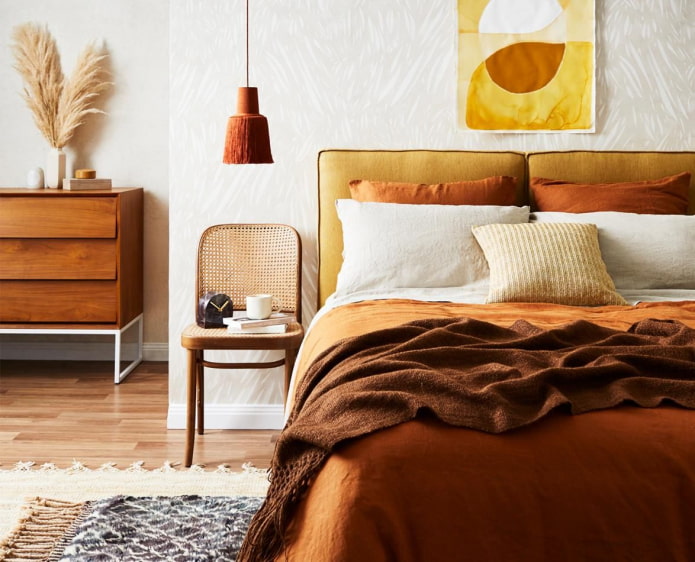
 10 practical tips for arranging a small kitchen in the country
10 practical tips for arranging a small kitchen in the country
 12 simple ideas for a small garden that will make it visually spacious
12 simple ideas for a small garden that will make it visually spacious
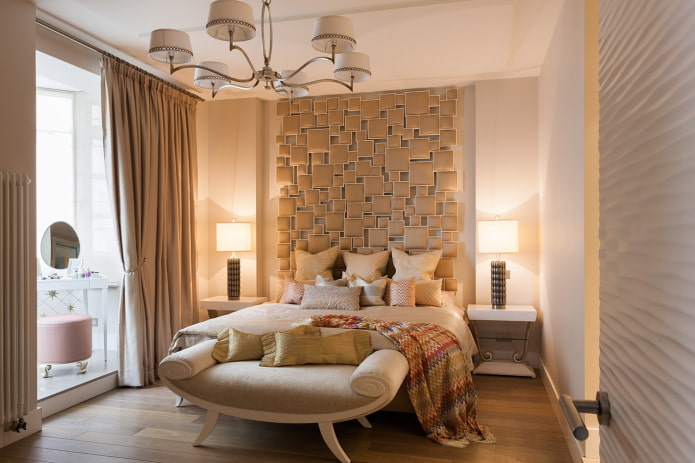
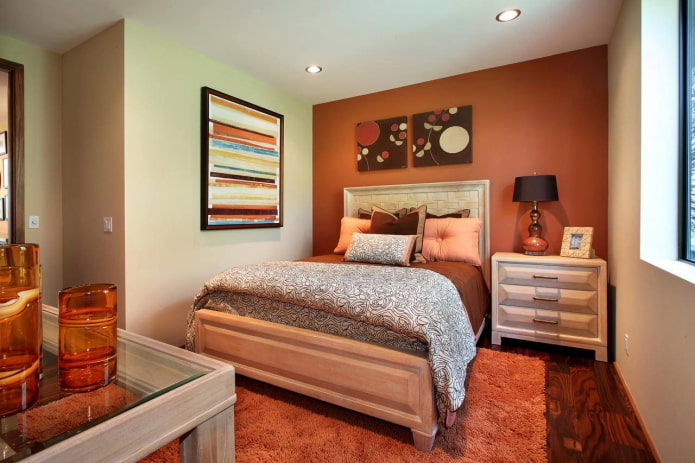

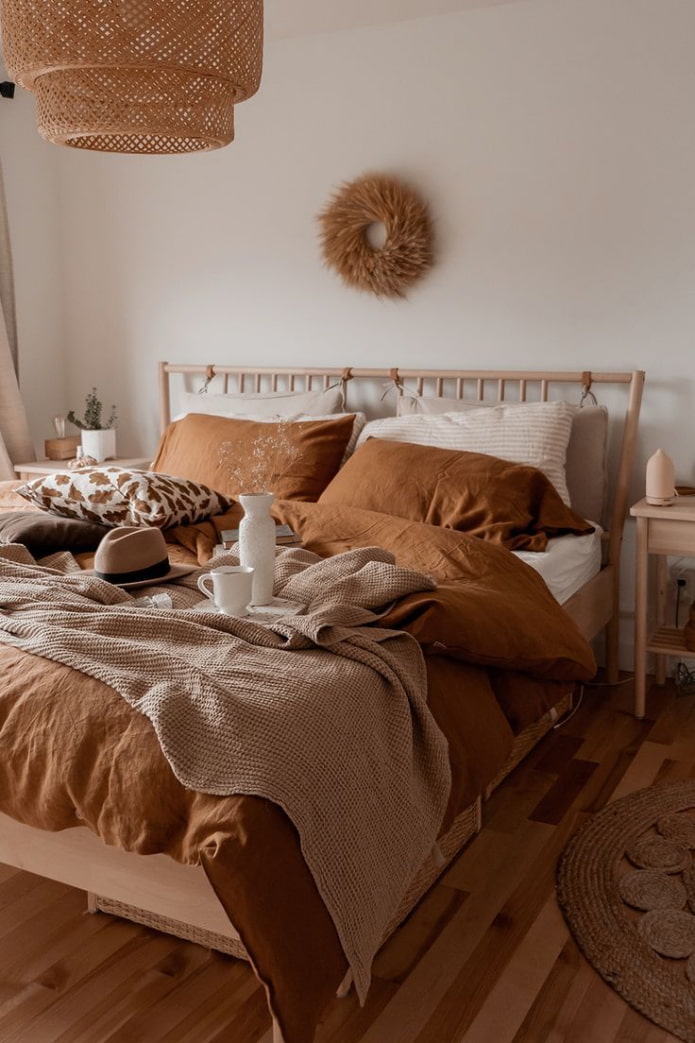
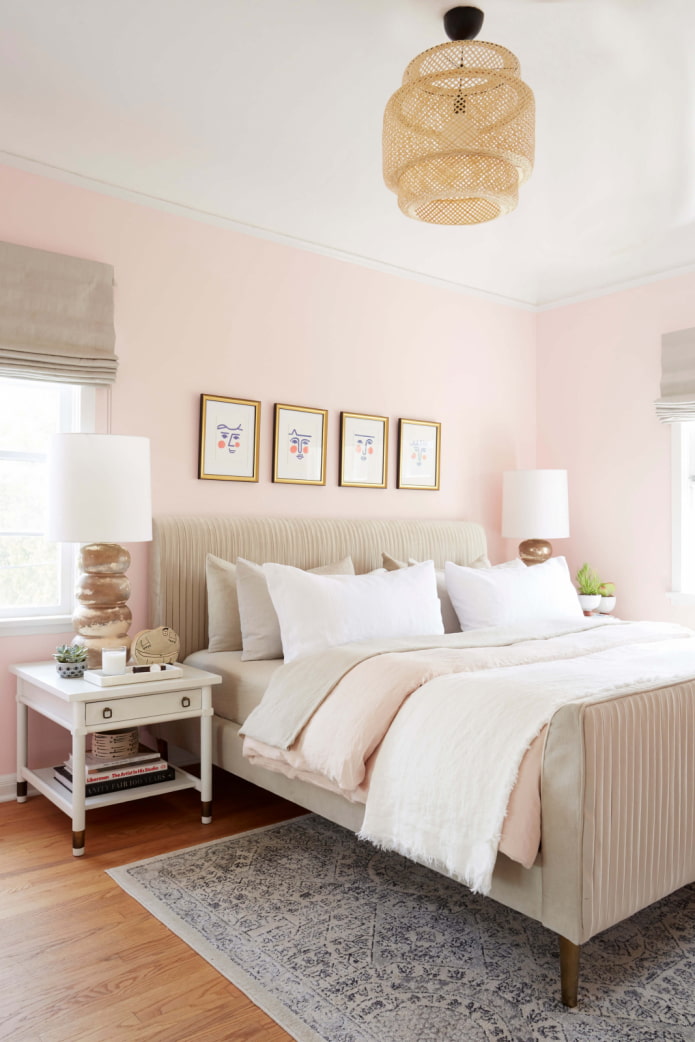
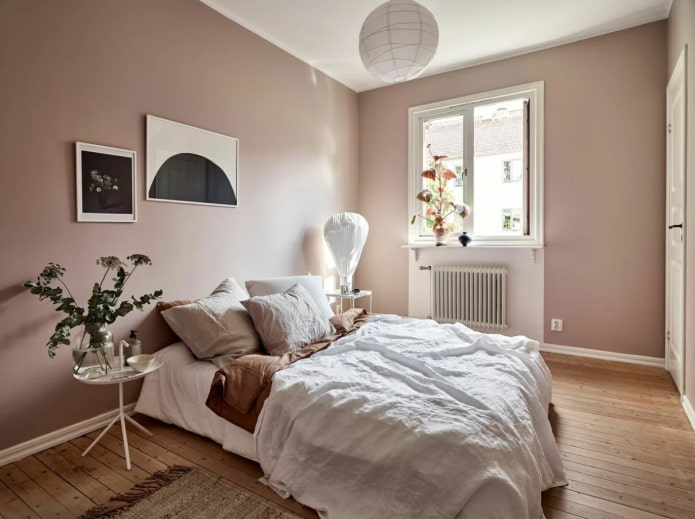

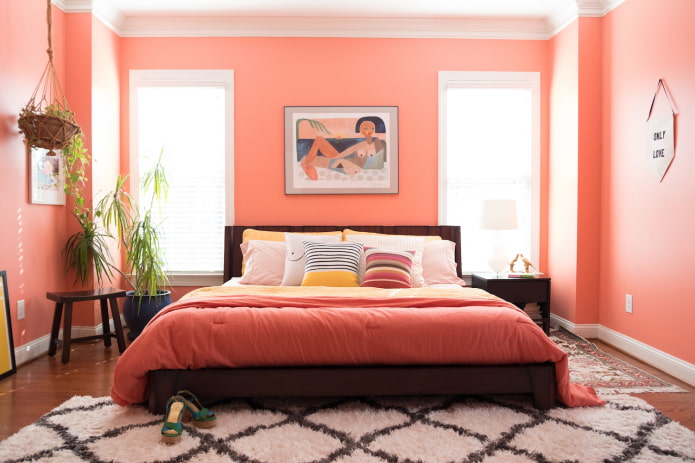
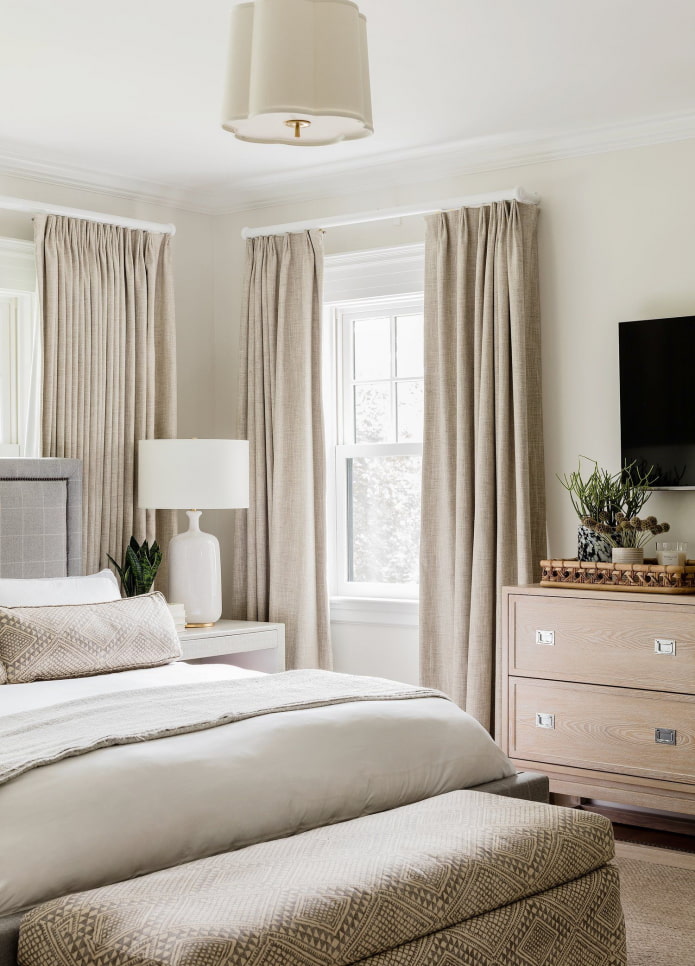
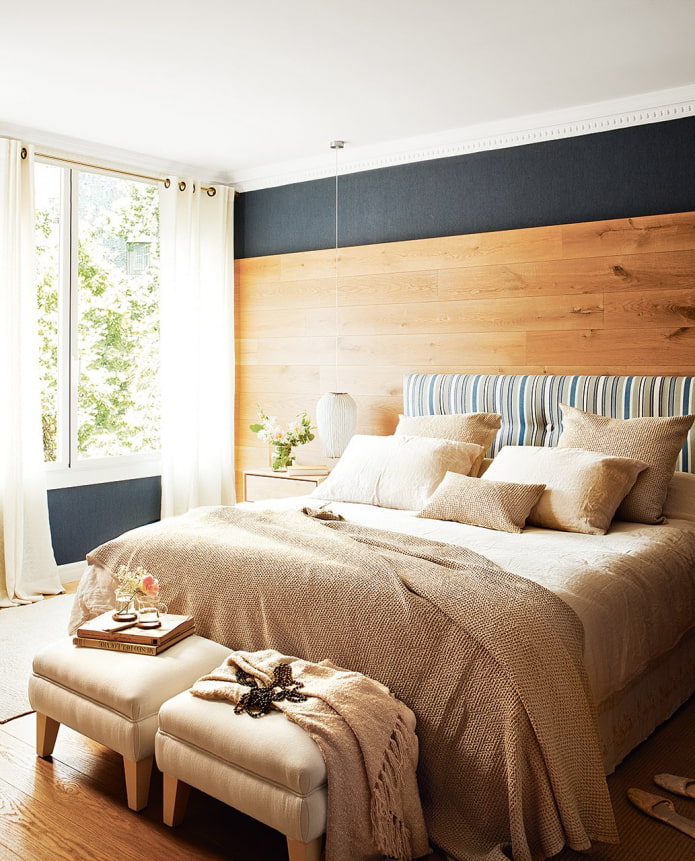


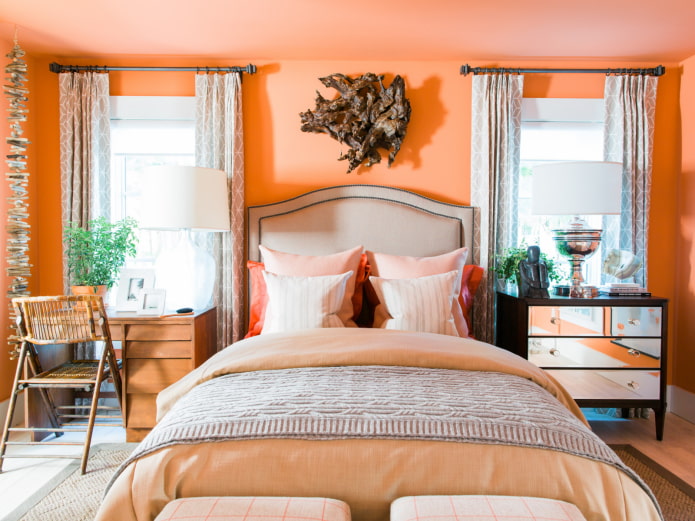

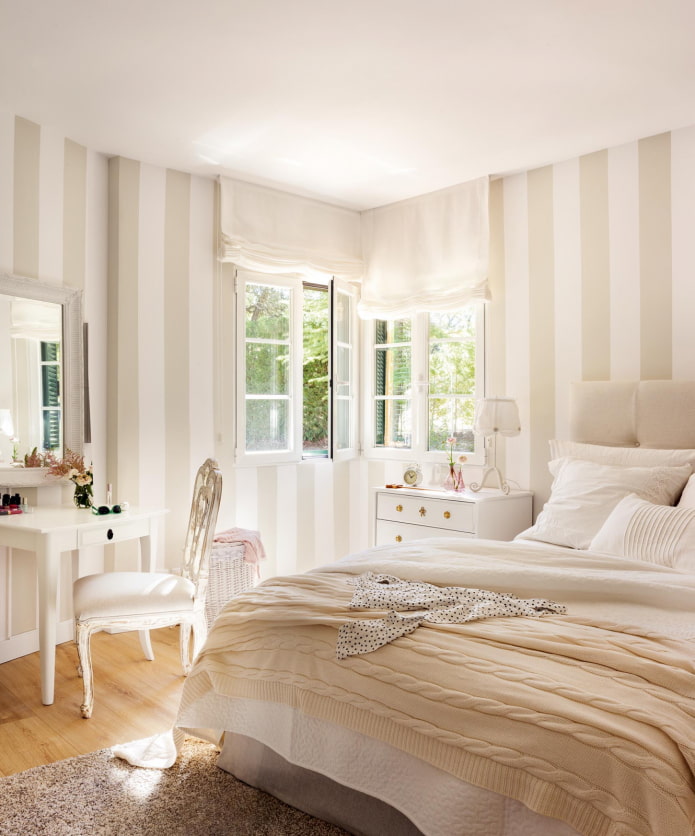
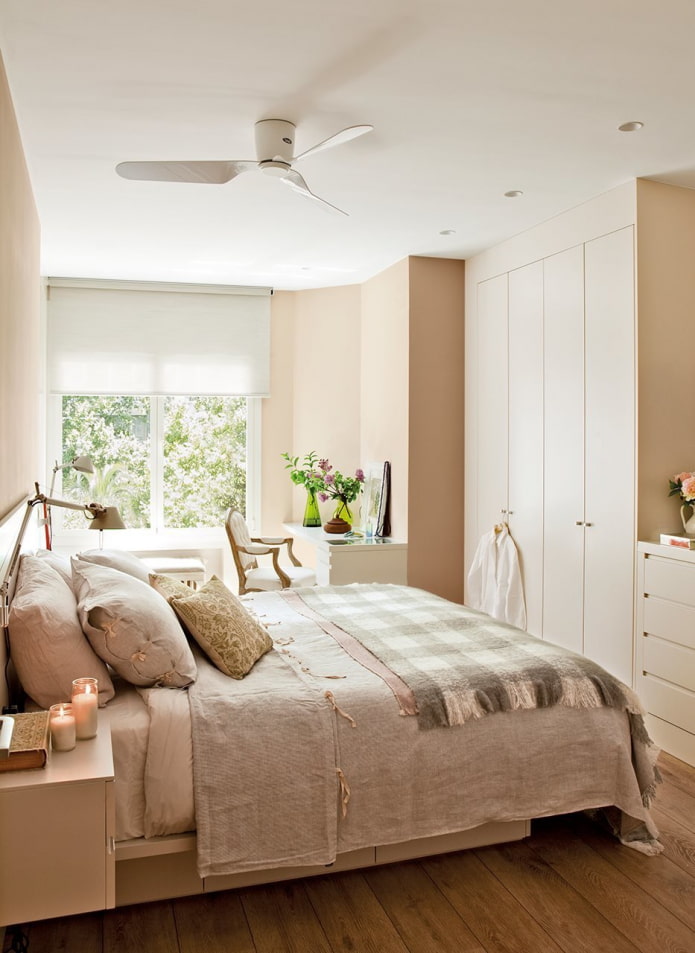
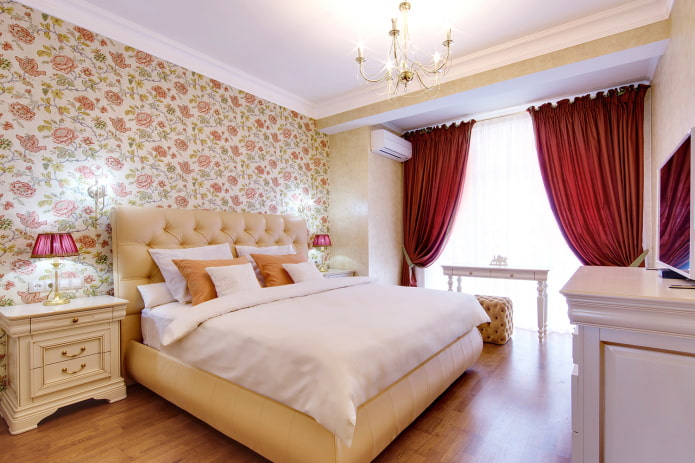
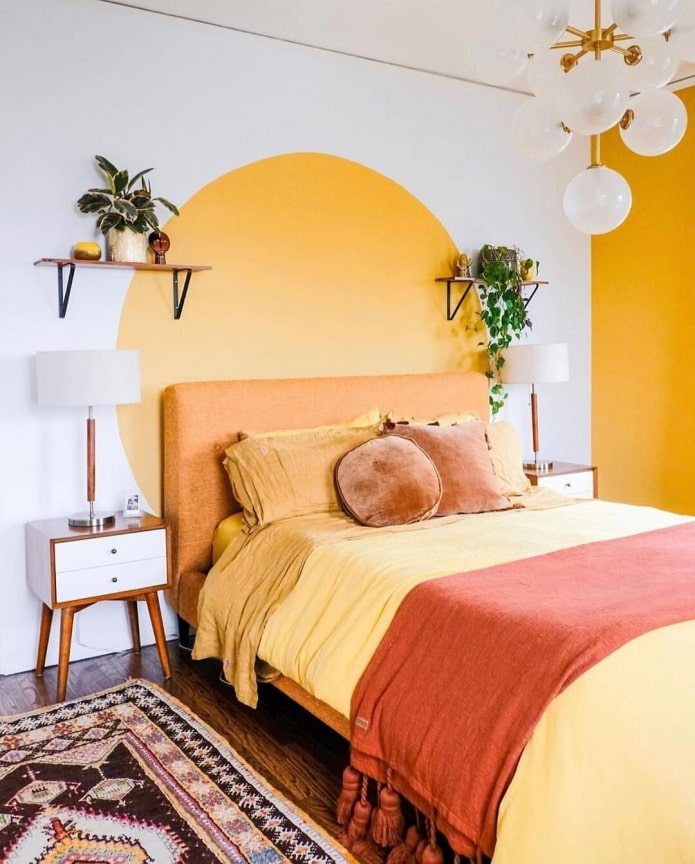
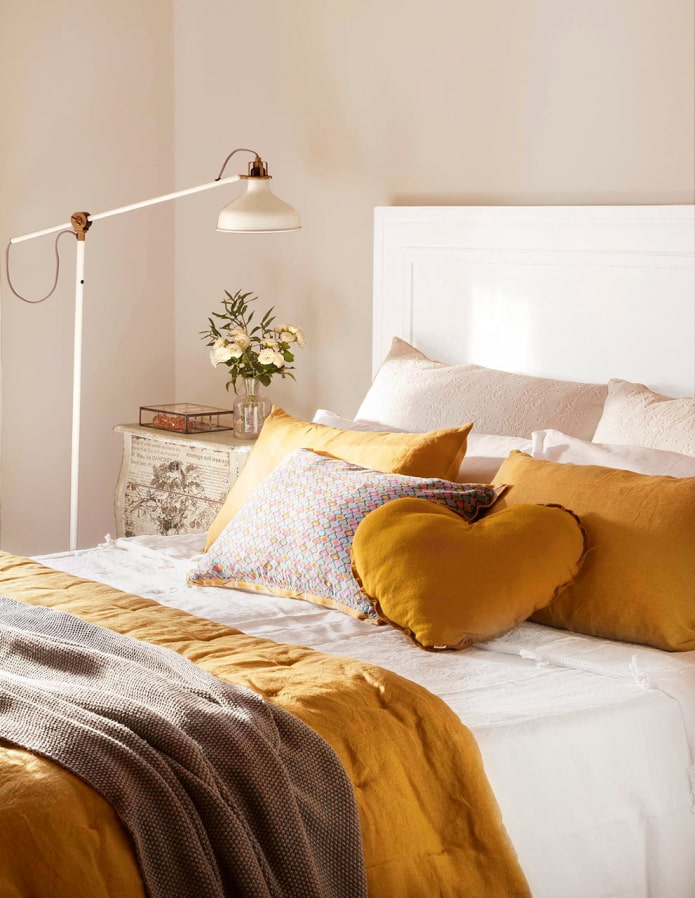
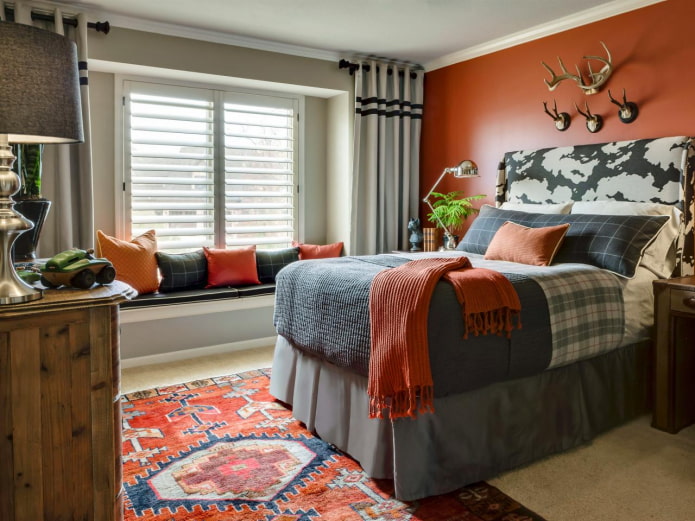
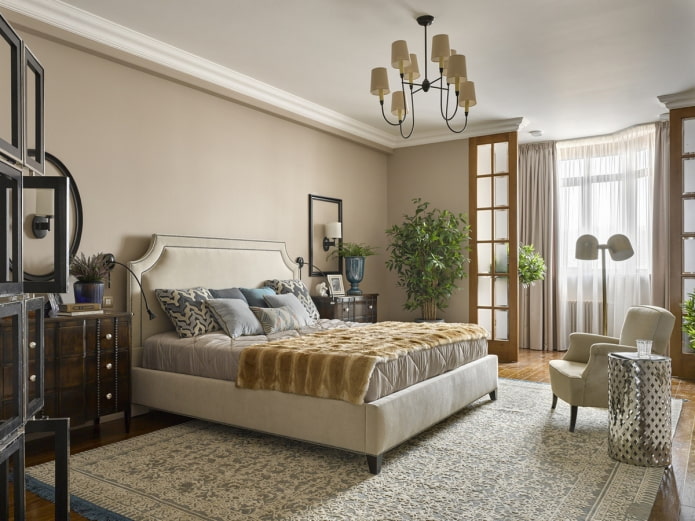


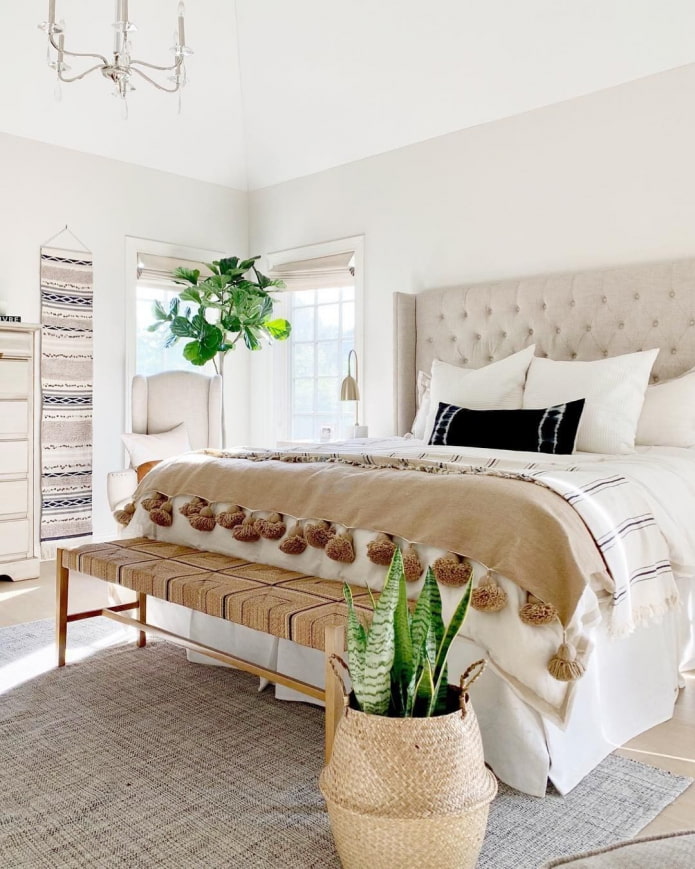
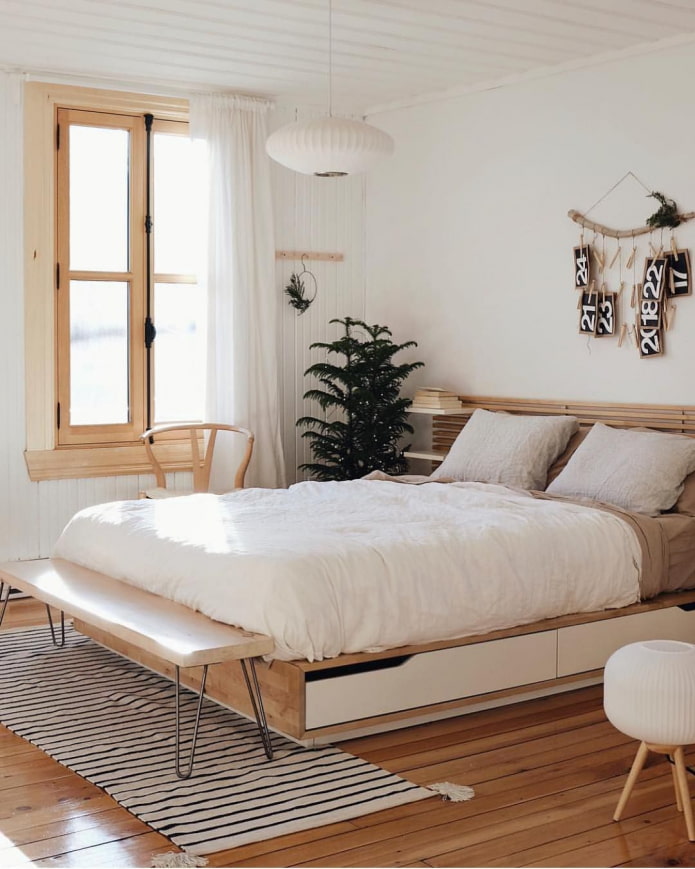
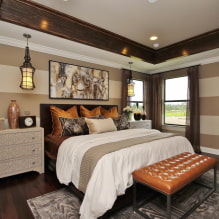
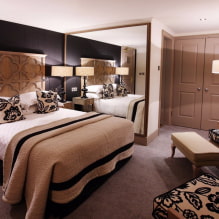

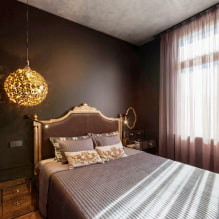
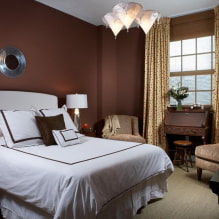
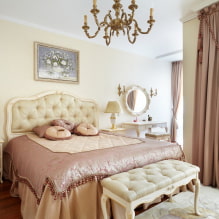
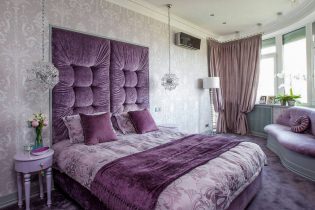 Wall design in the bedroom: choice of colors, finishes, 130 photos in the interior
Wall design in the bedroom: choice of colors, finishes, 130 photos in the interior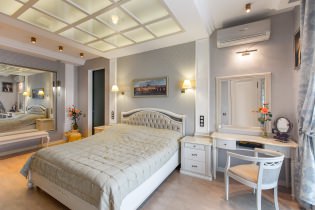 Bedroom design with gray wallpaper: 70 best photos in the interior
Bedroom design with gray wallpaper: 70 best photos in the interior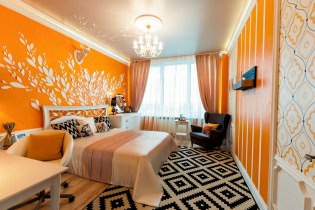 Bedroom design in orange tones: design features, combinations, photos
Bedroom design in orange tones: design features, combinations, photos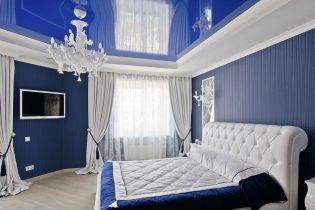 Stretch ceilings in the bedroom: 60 modern options, photo in the interior
Stretch ceilings in the bedroom: 60 modern options, photo in the interior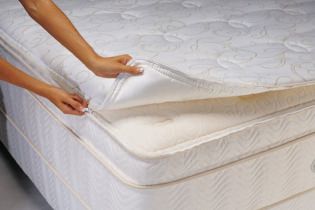 The choice of an orthopedic mattress: features, types of fillers, sizes
The choice of an orthopedic mattress: features, types of fillers, sizes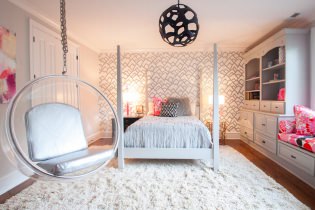 Bedroom design for a girl: photos, design features
Bedroom design for a girl: photos, design features